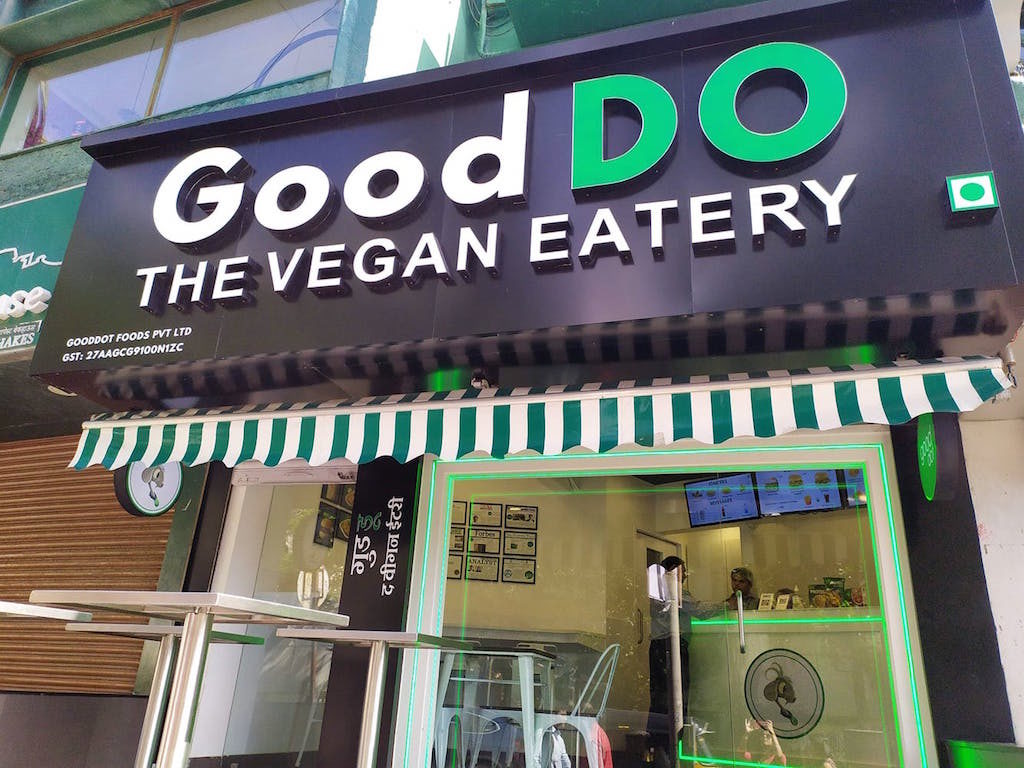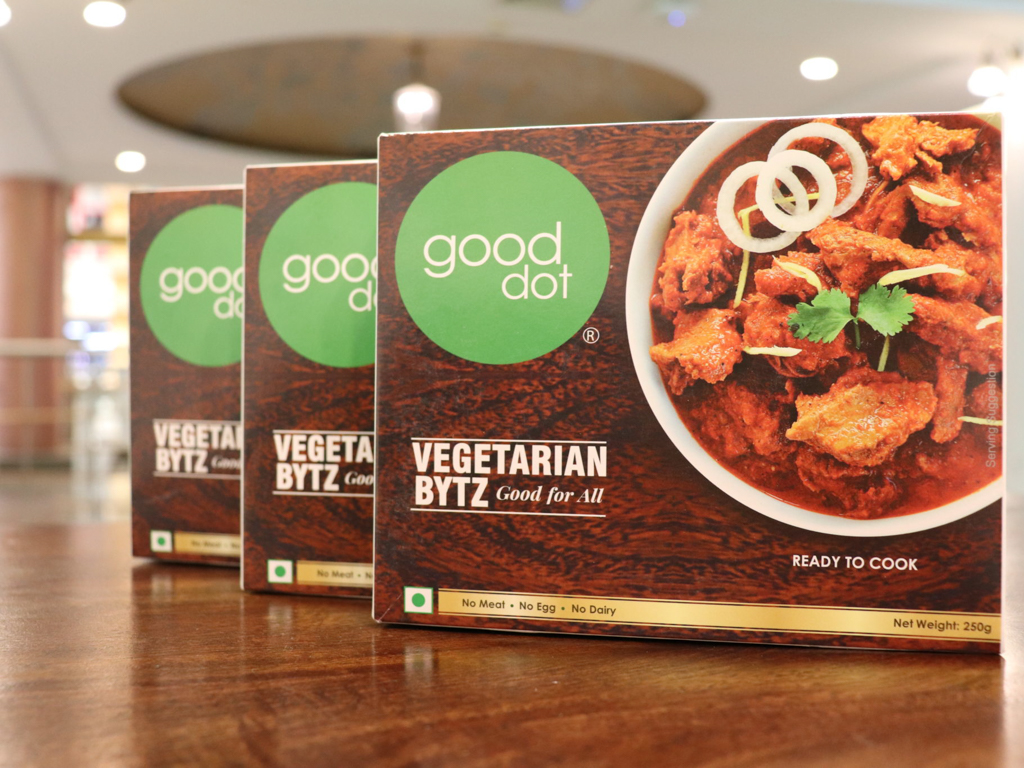3 Mins Read
In my very humble opinion, I think GoodDot, the Indian vegetarian meat company, is majorly slept-on in the world of alt protein. I’m so energised by all the innovation from startups, but I believe the global movement is definitely not expending enough effort on India.
I am pretty familiar with the alt protein world and what other startups are doing. That being said I believe that GoodDot’s strategy is unique from the majority of other plant-based meat companies and worth outlining.
Below I delve deeper into the key aspects of GoodDot’s strategy that stood out to me.

1. Bottom-up Approach
Alt-protein startups in the U.S. tend to launch in higher-end spaces. For example, Impossible Foods introduced the Impossible Burger with Momofuku Nishi. GoodDot has pretty much taken the opposite approach. GoodDot partnered with RCM to launch its products. RCM is a multi-level marketing grocery store company. Its average customers are low to mid-income, and they are dispersed all over India, both in rural and urban areas. Since then, GoodDot has expanded to pricier venues like some of the country’s nicest hotels. I’ve noticed a trend of plant-based companies experiencing the most success when they plug into pre-existing infrastructure. For example, I found Josh Tetricks’s story of JUST’s best partners being traditional egg companies super interesting. At the end of the day, these big companies want to make money, so it doesn’t seem that killing animals is too embedded in their ethos.
2. Price Parity
Several of GoodDot’s products are at price parity with meat from animals. This would be a big deal in the U.S. market, but it is an Extra Big Deal here as the Indian consumer is very price sensitive. Affordability was one of GoodDot’s founding principles because they wanted the products to be accessible for all consumers.
3. Shelf Stability
GoodDot products are shelf-stable. They don’t need to be refrigerated, and they maintain their quality for a year. This helps keep prices low because GoodDot doesn’t have to pay refrigeration costs when transporting products. Also, this is a big plus for consumers, especially low-income customers, who may not have access to refrigerators. Less than a third of Indians have refrigerators in their households, so shelf-stability is a major benefit.
READ: Why India Urgently Needs A Sustainable Protein Revolution
4. The GoodDO Kiosks
Before I came to India, I didn’t even know about GoodDO, but I think this is one of the most interesting aspects of GoodDot’s work. Since the majority of Indians are unfamiliar with plant-based meat, GoodDot faces the challenge of consumers preparing it well in addition to them knowing of the products. GoodDot didn’t want to wait for consumer validation nor to risk its products gaining a bad reputation due to poor preparation. So, the founders created GoodDO, a vegan fast-food chain and sister company of GoodDot. GoodDO offers a variety of popular Indian dishes as well as items you could expect at say a McDonalds, with prices to match. GoodDO is growing quickly with locations popping up all over India and plans to open over 50 more.
5. Created For Indians
The GoodDot founders created GoodDot products to cook well in Indian cuisine because plant-based meats made for western consumers didn’t hold up well when cooked into Indian dishes. They also offer a product with a flavor and bite similar to mutton, which is very popular in India. That said, GoodDot’s products still cook well in other types of cuisine.
All images as credited.




